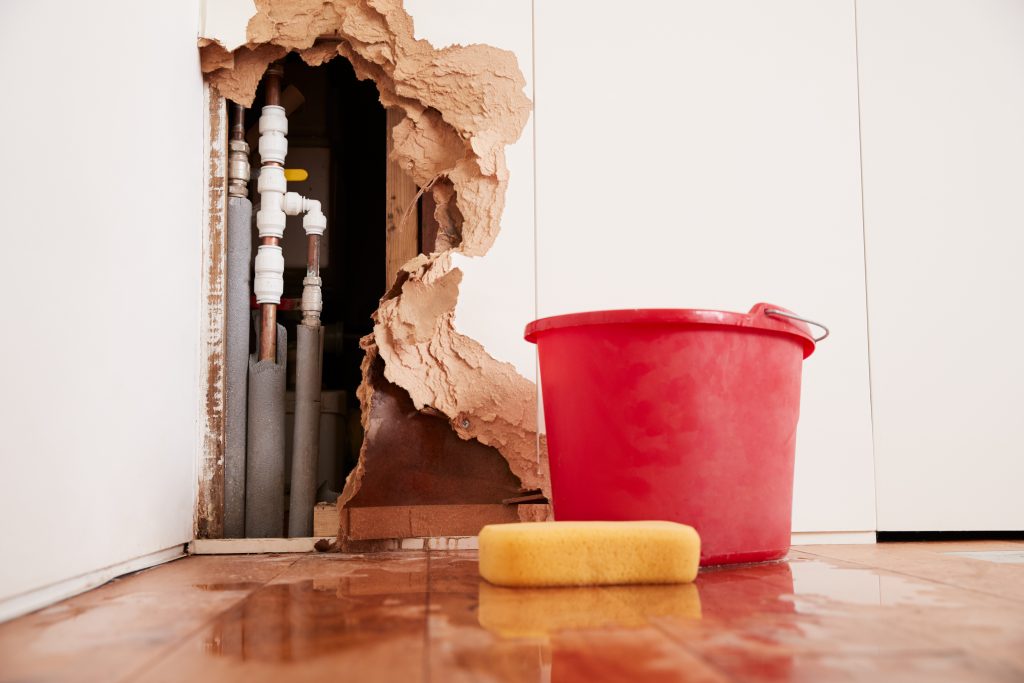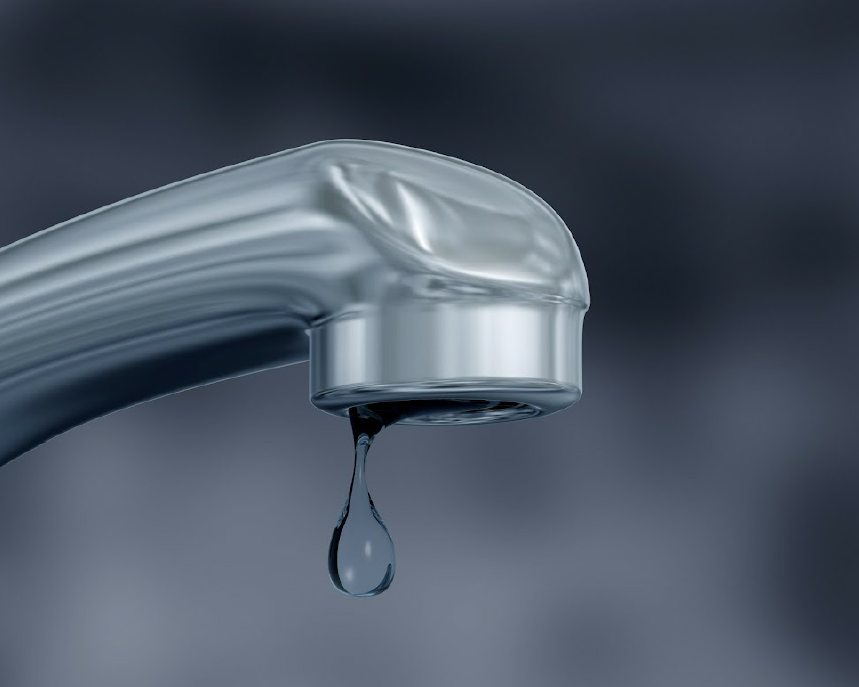Have you been on the lookout for advise concerning Finding hidden leaks?

Early discovery of leaking water lines can reduce a prospective catastrophe. Some small water leaks might not be visible.
1. Examine the Water Meter
Every residence has a water meter. Examining it is a proven manner in which aids you find leakages. For starters, switch off all the water sources. Ensure no one will purge, make use of the faucet, shower, run the washing maker or dishwasher. From there, most likely to the meter and watch if it will alter. Since no one is using it, there should be no activities. If it relocates, that suggests a fast-moving leakage. Also, if you detect no changes, wait an hour or two and inspect back once more. This means you may have a sluggish leak that might also be below ground.
2. Examine Water Consumption
If you spot abrupt modifications, despite your consumption being the very same, it indicates that you have leaks in your plumbing system. An abrupt spike in your bill shows a fast-moving leak.
A stable boost every month, even with the very same practices, reveals you have a slow-moving leakage that's likewise gradually intensifying. Call a plumber to completely check your property, specifically if you feel a warm location on your flooring with piping underneath.
3. Do a Food Coloring Test
When it pertains to water usage, 30% comes from commodes. Examination to see if they are running properly. Decrease specks of food color in the container as well as wait 10 minutes. If the color in some way infiltrates your bowl during that time without flushing, there's a leakage between the container as well as bowl.
4. Asses Outside Lines
Do not fail to remember to examine your outdoor water lines as well. Examination faucets by attaching a garden pipe. Should water seep out of the connection, you have a loose rubber gasket. Change this and also ensure all connections are tight. It will certainly assist get it expertly analyzed and kept each year if you have actually got a sprinkler system. One tiny leakage can lose tons of water and also surge your water expense.
5. Inspect and also Evaluate the Circumstance
Homeowners should make it a habit to examine under the sink counters and also inside cupboards for any kind of bad odor or mold development. These two warnings suggest a leakage so prompt focus is needed. Doing regular examinations, even bi-annually, can conserve you from a significant problem.
Inspect for stainings and also weakening as most pipes as well as home appliances have a life expectations. If you believe dripping water lines in your plumbing system, do not wait for it to escalate.
Early discovery of dripping water lines can mitigate a possible catastrophe. Some tiny water leakages may not be noticeable. Checking it is a proven way that helps you discover leaks. One little leakage can lose loads of water and surge your water expense.
If you think leaking water lines in your plumbing system, don't wait for it to intensify.
WARNING SIGNS OF WATER LEAKAGE BEHIND THE WALL
PERSISTENT MUSTY ODORS
As water slowly drips from a leaky pipe inside the wall, flooring and sheetrock stay damp and develop an odor similar to wet cardboard. It generates a musty smell that can help you find hidden leaks.
MOLD IN UNUSUAL AREAS
Mold usually grows in wet areas like kitchens, baths and laundry rooms. If you spot the stuff on walls or baseboards in other rooms of the house, it’s a good indicator of undetected water leaks.
STAINS THAT GROW
When mold thrives around a leaky pipe, it sometimes takes hold on the inside surface of the affected wall. A growing stain on otherwise clean sheetrock is often your sign of a hidden plumbing problem.
PEELING OR BUBBLING WALLPAPER / PAINT
This clue is easy to miss in rooms that don’t get much use. When you see wallpaper separating along seams or paint bubbling or flaking off the wall, blame sheetrock that stays wet because of an undetected leak.
BUCKLED CEILINGS AND STAINED FLOORS
If ceilings or floors in bathrooms, kitchens or laundry areas develop structural problems, don’t rule out constant damp inside the walls. Wet sheetrock can affect adjacent framing, flooring and ceilings.
https://www.servicemasterbyzaba.com/blog/how-to-detect-water-leakage-in-walls/

I came across that blog posting on Finding hidden leaks when doing a search on the search engines. You should set aside a second to distribute this article if you liked it. We love reading our article about Finding hidden leaks.
Superior service awaits.